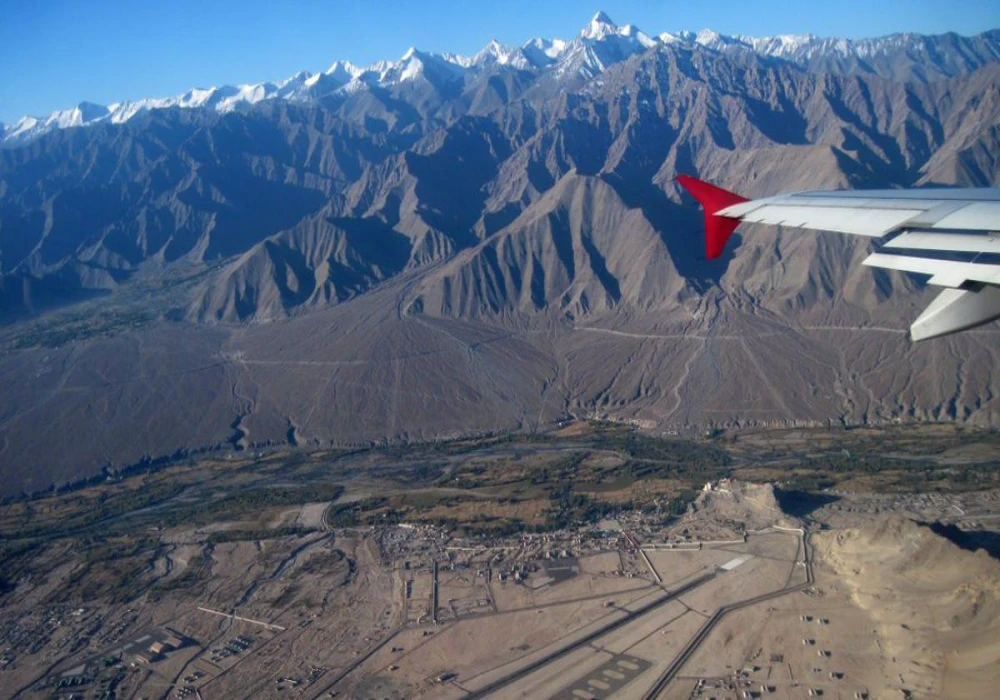
On Sunday and Monday, Leh, Ladakh experienced extremely high temperatures, hitting 33.5°C and 31.8°C. These sizzling temperatures led to the cancellation of flights. The main reason is that hot weather makes the air thinner, which affects how planes take off and land.
Airplanes rely on a specific air pressure difference to lift off the ground. Their wings are designed to create faster-moving air above them, which lowers the pressure and generates lift. However, when the air is hot, it expands and becomes less dense. This means there are fewer air molecules to create the necessary lift under the wings.
For every 3°C increase in temperature, airplanes get about 1% less lift. This reduction in lift means planes need longer runways to take off. For example, a plane that normally needs 6,500 feet of runway at 20°C might need 8,200 feet at 40°C. The thinner air also reduces engine performance because there’s less oxygen for combustion, which decreases thrust.
Leh’s high altitude already means the air is thin, so combined with high temperatures, the runways are often too short for safe flight operations. As global temperatures continue to rise, these challenges for air travel are expected to worsen.


